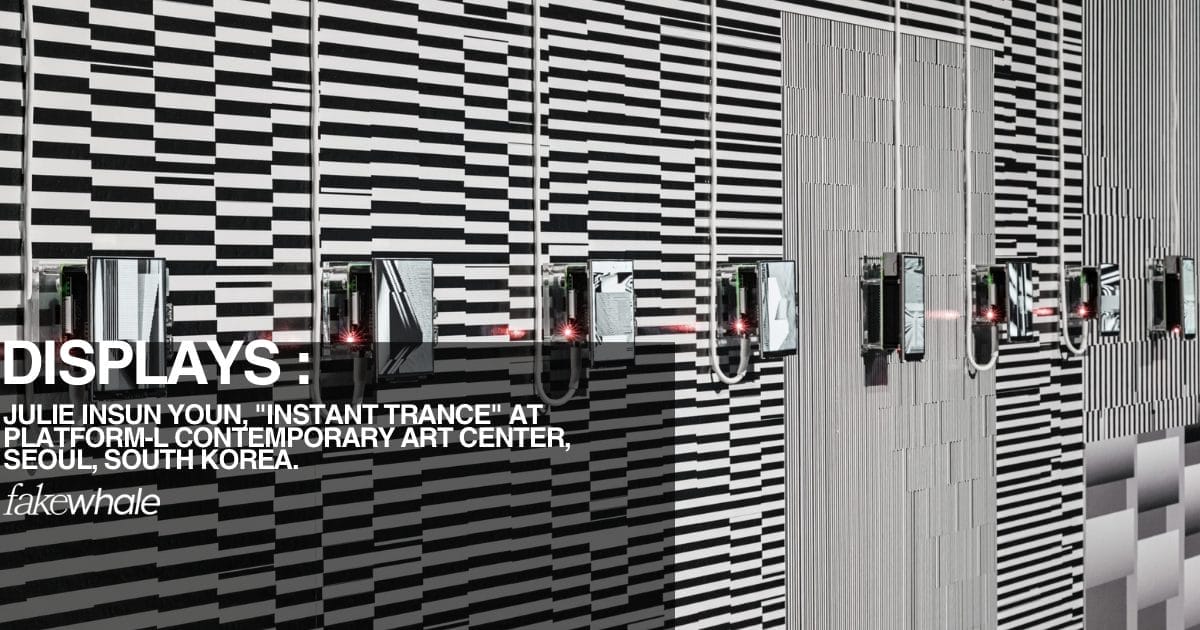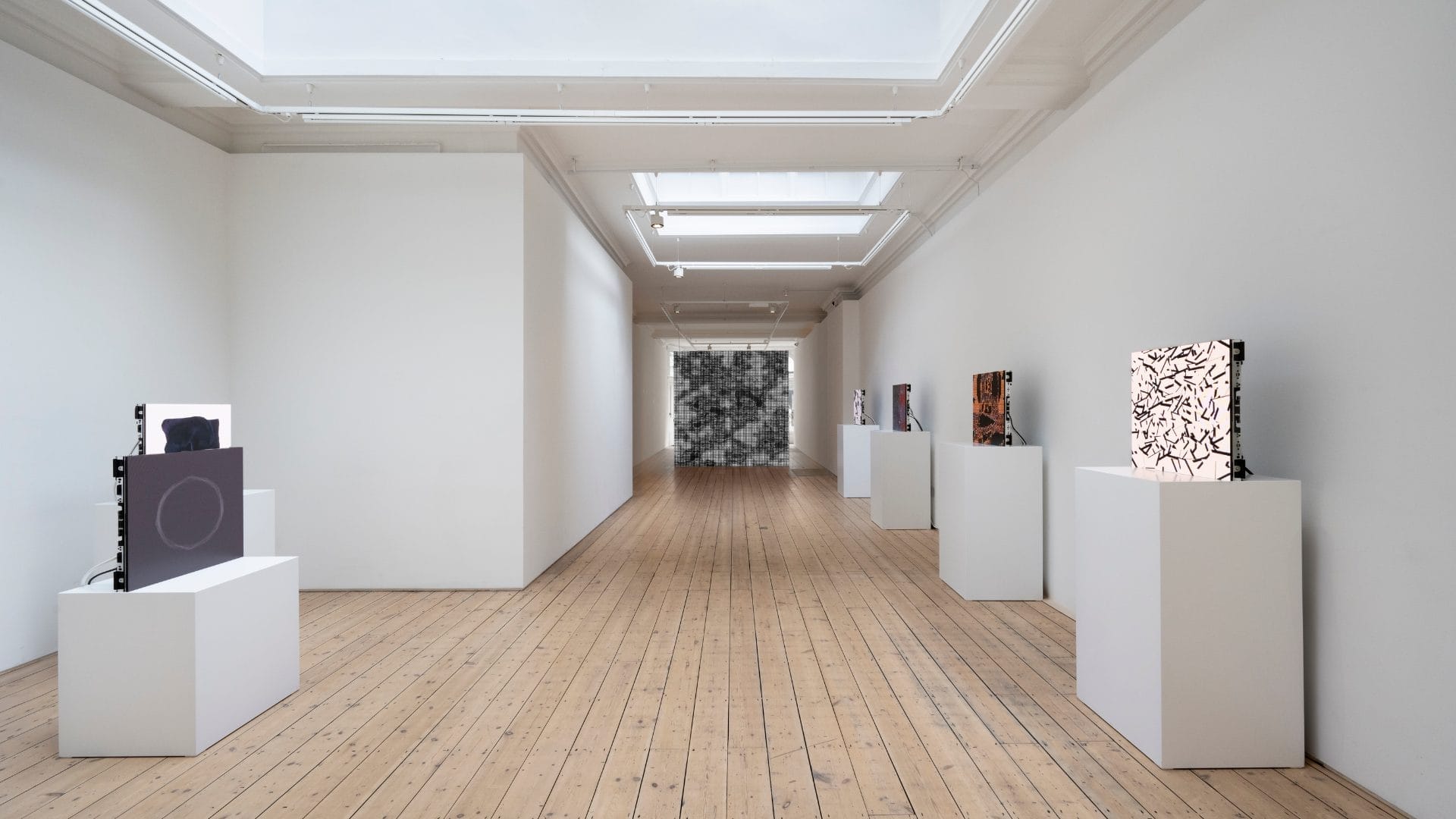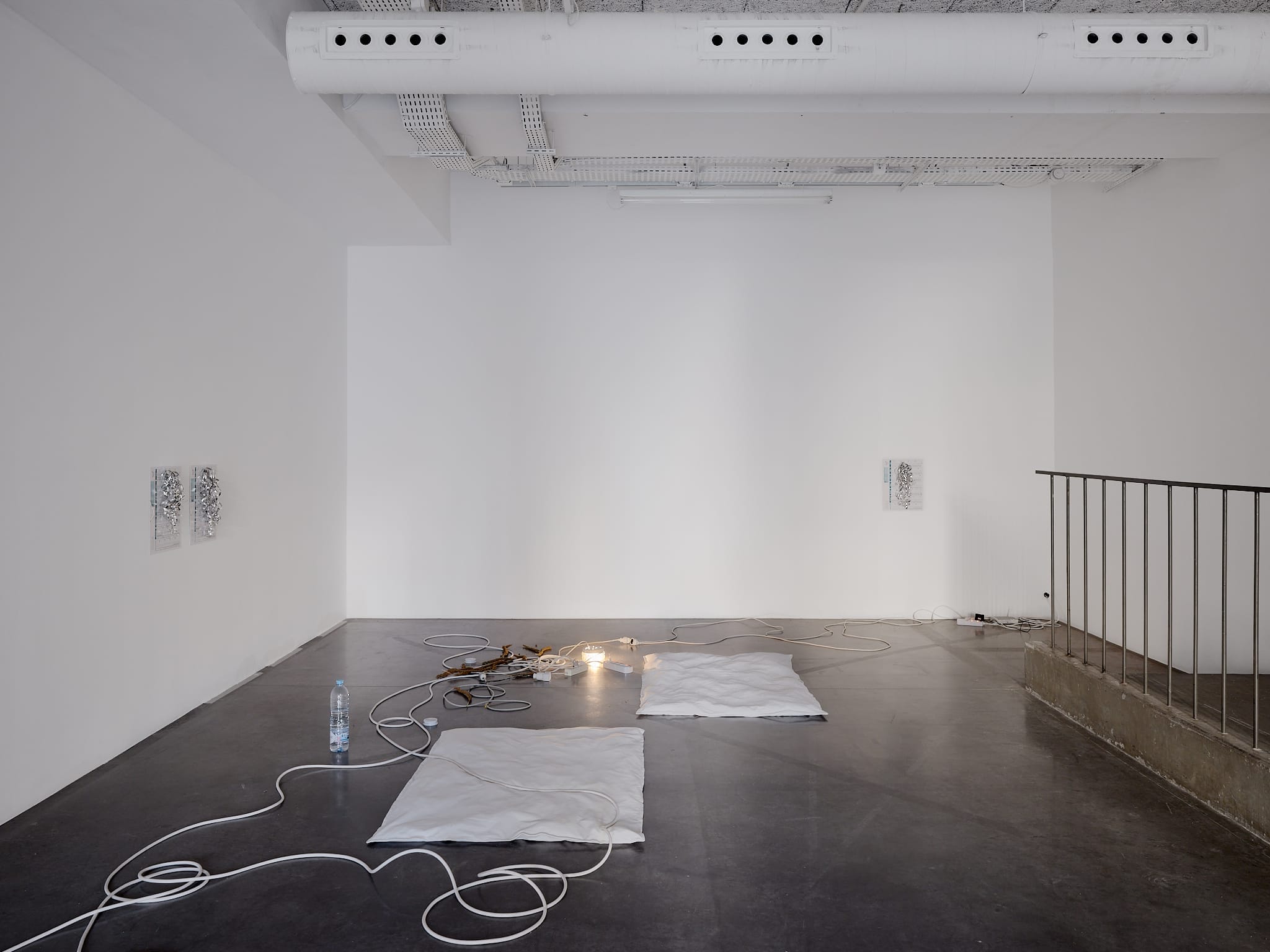
Longlife, Andréa Spartà
Longlife, Andréa Spartà, curated by Maëlle Dault, Frac Île de France
Andréa Spartà’s discreet installations bring together ordinary objects that everyone can recognize, whose nobility usually escapes our gaze. The choice of elements is established in a non-hierarchical, careful, and attentive manner in relation to domesticity, as if composing a still life. The infra-ordinary, dear to Georges Perec, becomes palpable, almost measurable: “What really happens, what we live, the rest, all the rest, where is it? What happens every day and returns every day, the banal, the daily, the obvious, the common, the ordinary, the background noise, the usual, how to account for it, how to question it, how to describe it?”
“Longlife” comes from the name of rechargeable batteries used during the installation’s development. The title evokes the promise of universal duration in a broader context of planned obsolescence of all things technological. Life, whether good or bad, easy or difficult, full or empty, joyful or sad, would now be reducible only to its longevity, its durability?
The space is minimally occupied by recycled objects: extension cords, power strips, a WiFi router, a water bottle, 2024 calendars adorned with silver ribbons, an Amazon cardboard box with plastic under which fishing lures are visible, an almost invisible sentence cut from a medication leaflet warning of side effects “increased tear flow,” locksmith stickers, millet seeds, ant traps.
White mattress cushions arranged directly on the floor define a resting area where drowsiness and wakefulness coexist in a kind of long apnea. The glowing lights of the power strips, a hallway lamp left on combined with human absence, indicate a latency: a vigilant “us,” irreducible consumers, a “we” alert for information, a constantly moving “we,” a “we” in a state of emergency that will eventually never sleep again.
Walking among the cushions, extension cords, and power strips equipped with standby switches create a path charged with electricity. This magnetic field that connects us to energy and technology disturbs this half-rest, half-wake island. While dematerialization affects all areas, here, it is through a shift and surplus of electrical charge that the fragility and instability of our possible relaxation are suggested. An excess of wound electrical wires, excessive connections looping into each other, complicate and clutter our minds with a network that we usually enjoy hiding.
The usual sources of light, those neutral fluorescents within the White Cube that create the illusion of permanent and stable light or those spotlights that would highlight specific objects, have been removed. The only sources of lighting now come from this hallway lamp and the power strip switches. It is primarily natural light that illuminates the exhibition, gradually tinting it in variable and atmospheric hues throughout the day.
During our discussions, Andréa Spartà mentioned Byung-Chul Han’s book “The Burnout Society,” in which the author considers sleep and fatigue as the last refuges against an injunction to productivity and performance. We also talked about the atmospheric state of our minds during insomnia or phases of lucid dreams, migraines: a vaporous state that produces a particular relationship with reality, the very one in which we seem to immerse ourselves here and now.
Just like the white-throated sparrow, a bird known for flying for several days without sleeping, which scientists study dreaming of shaping, in the near future, soldiers, workers, and consumers without sleep. Three calendars of the current year adorned with silver ribbons presented on the walls are like little gifts celebrating somewhat insolently a stage of this promised Longlife.
Text by Maëlle Dault

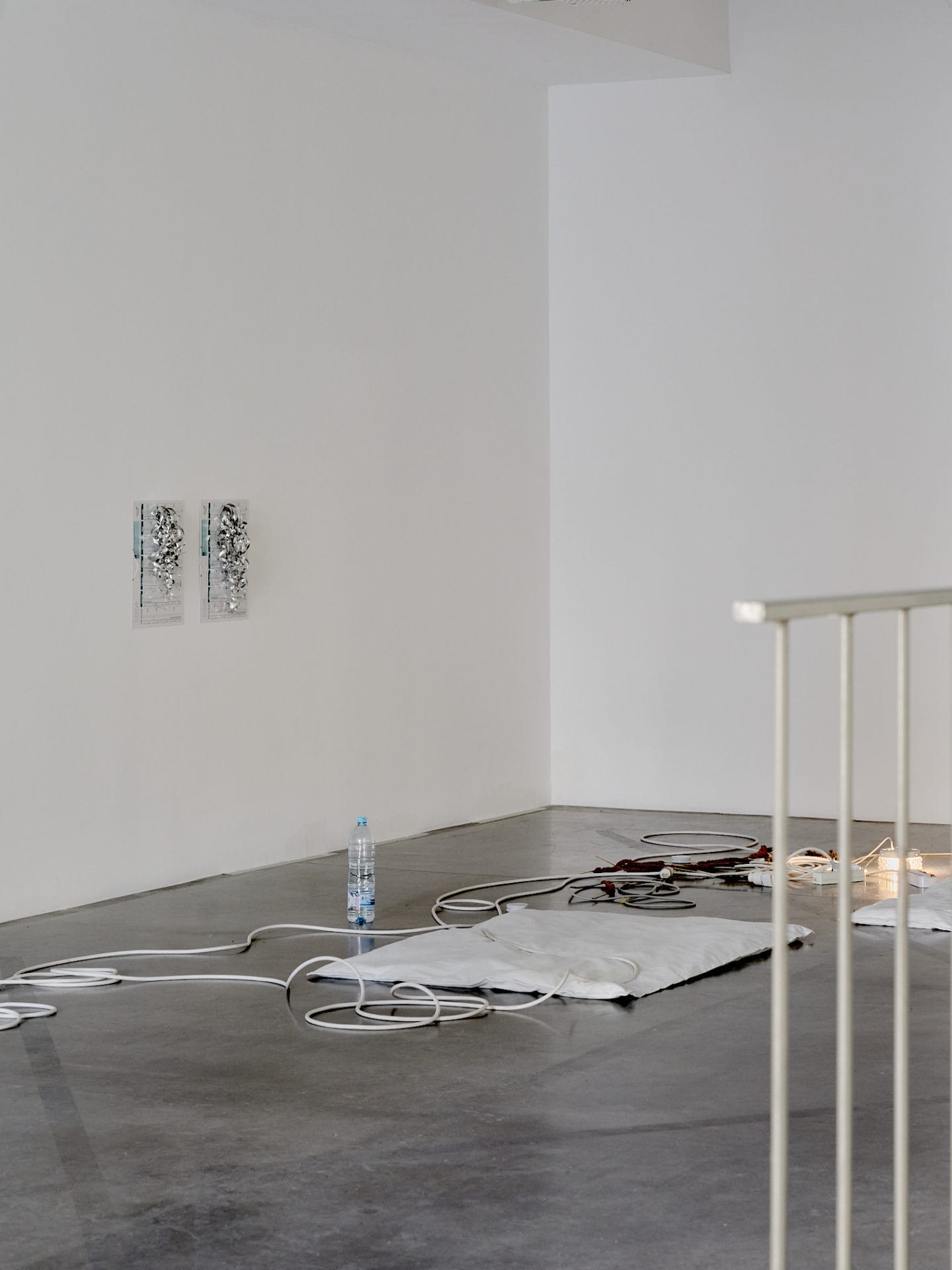
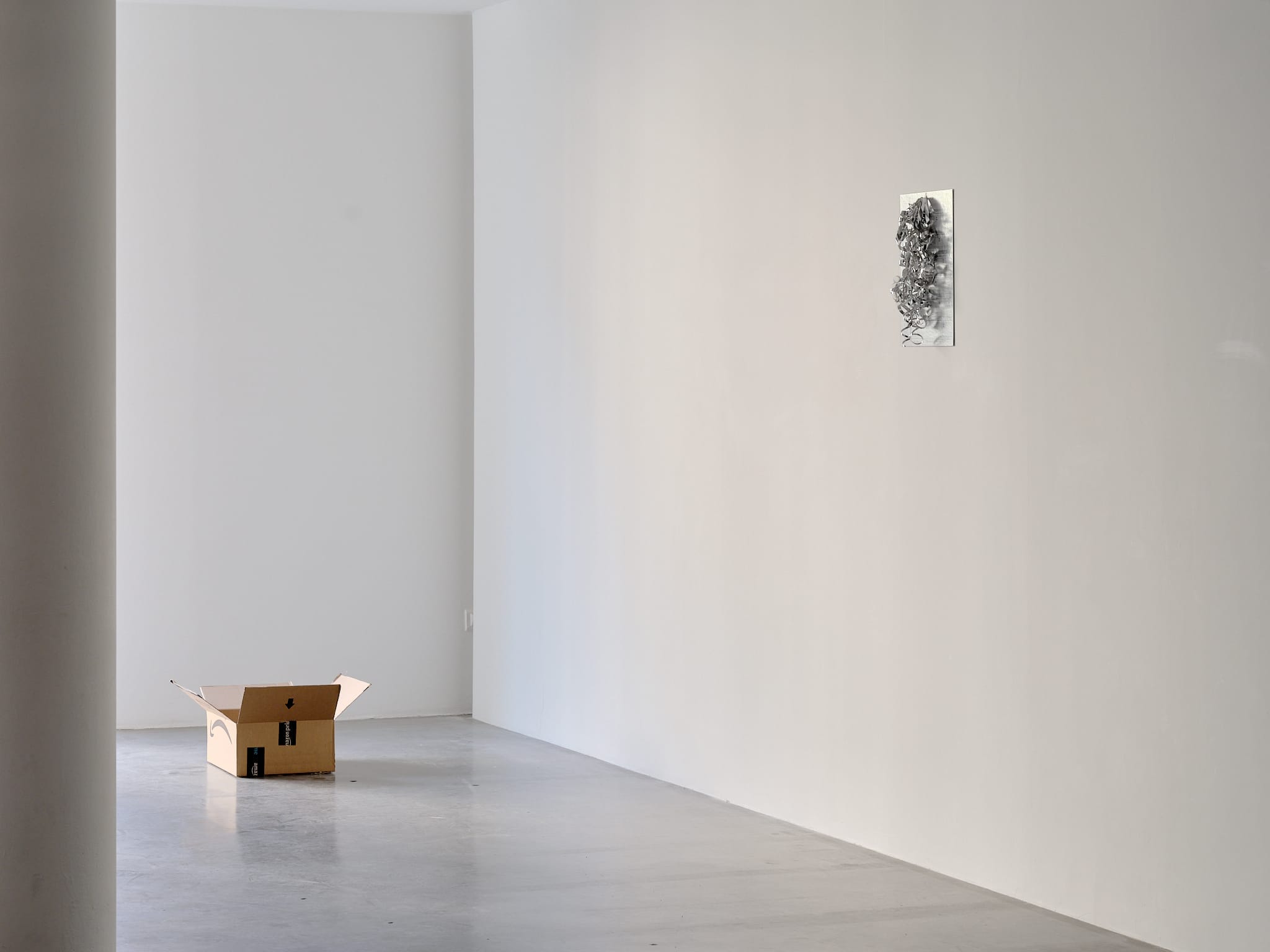
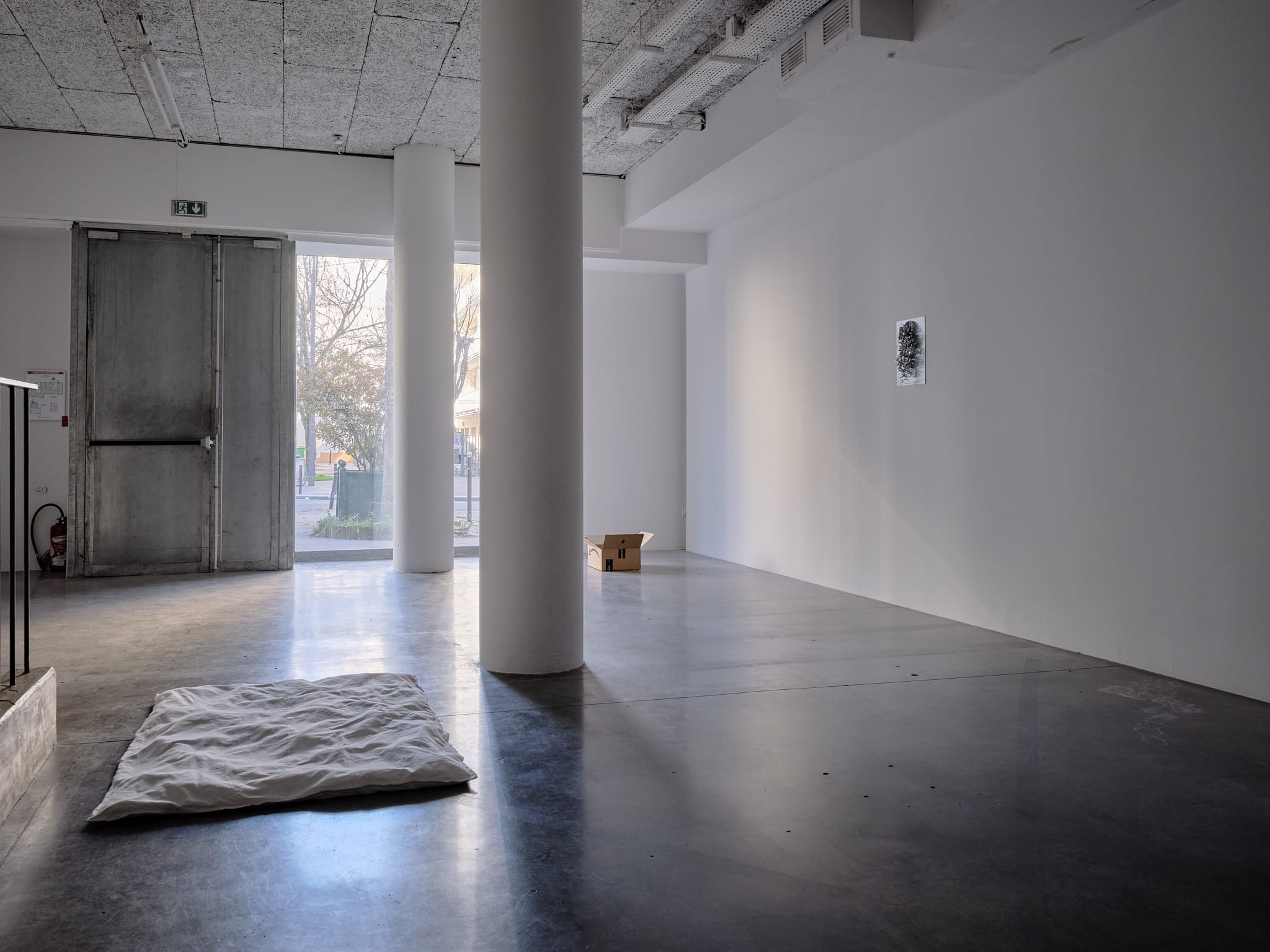
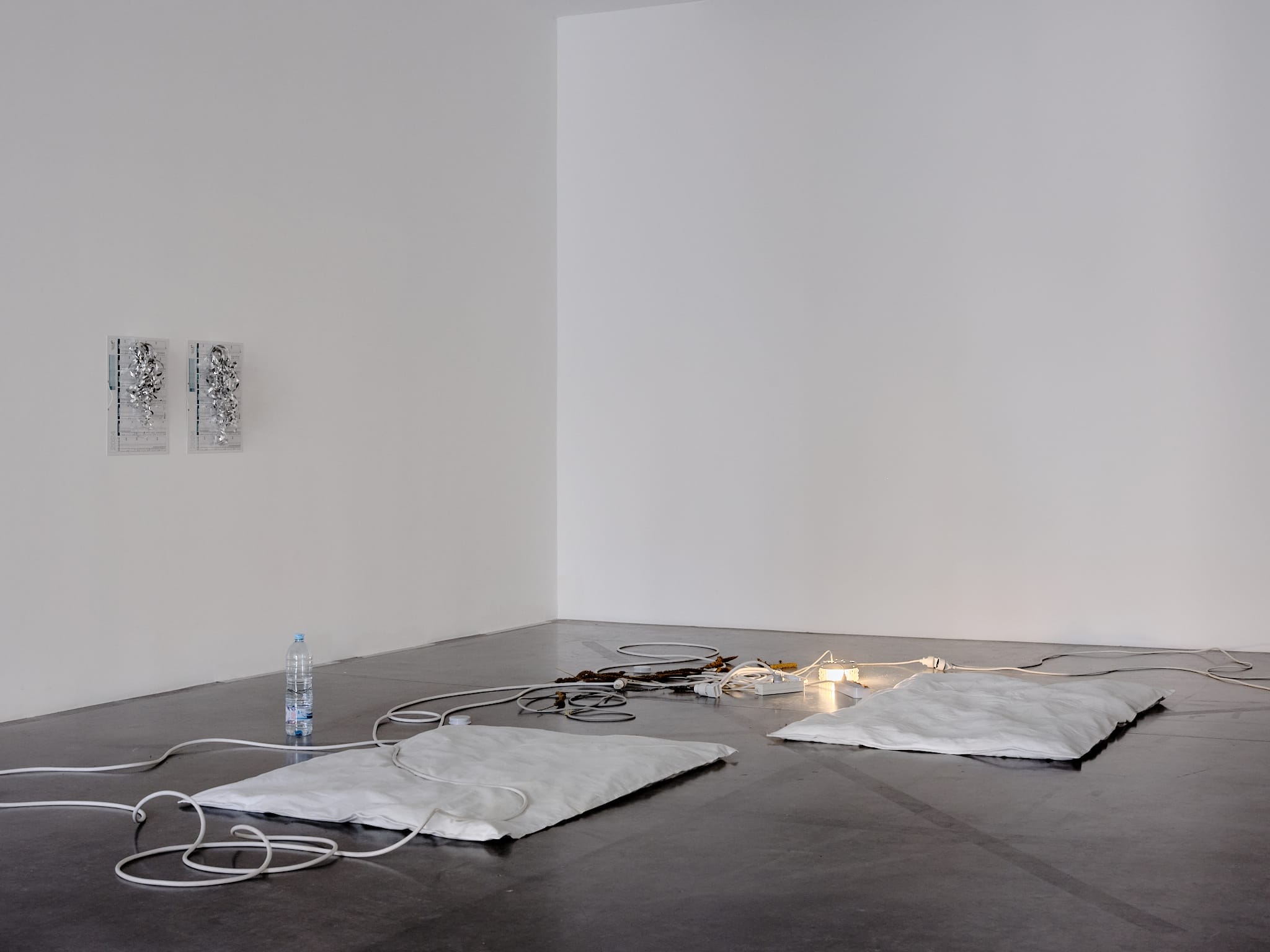


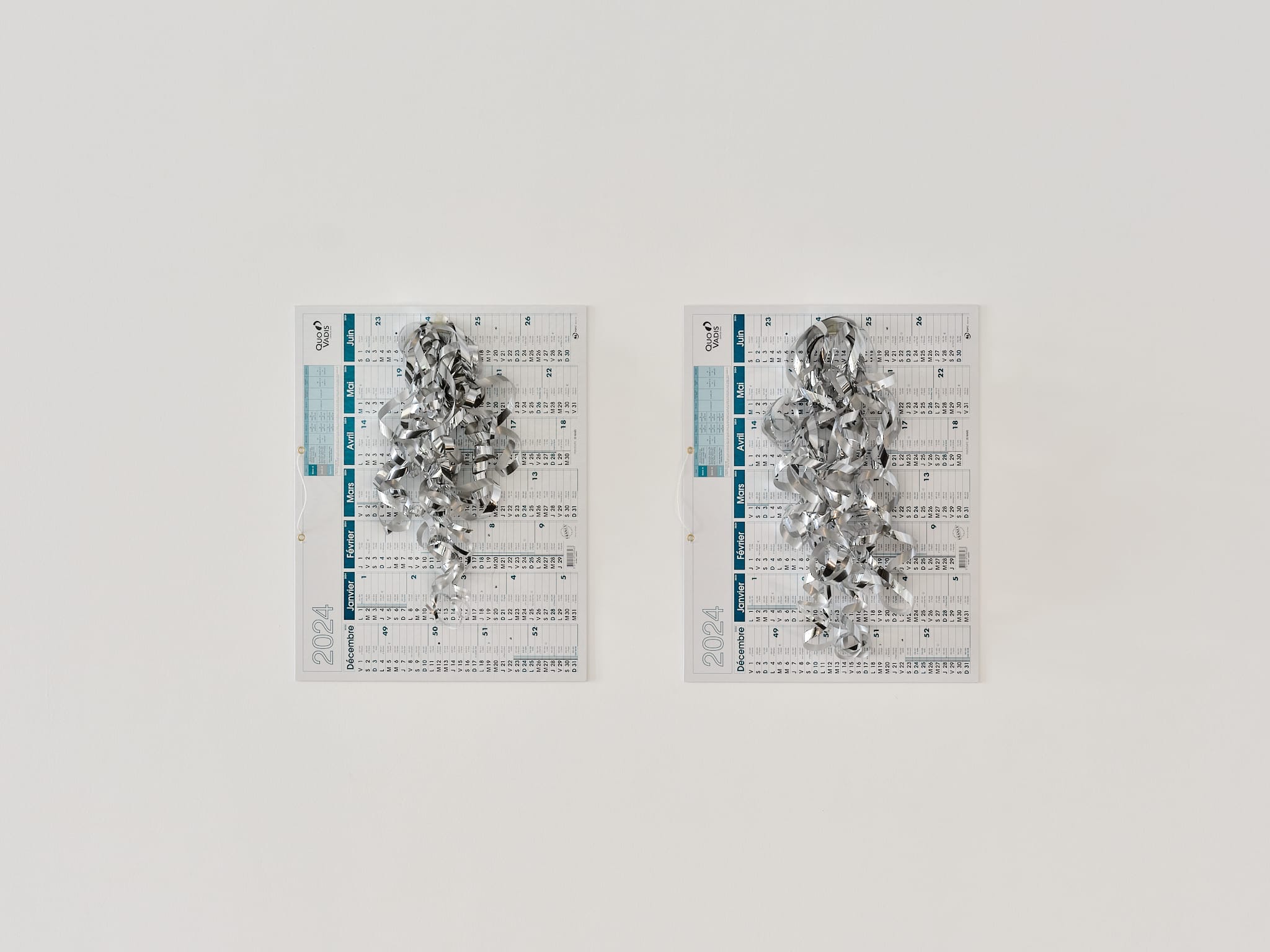

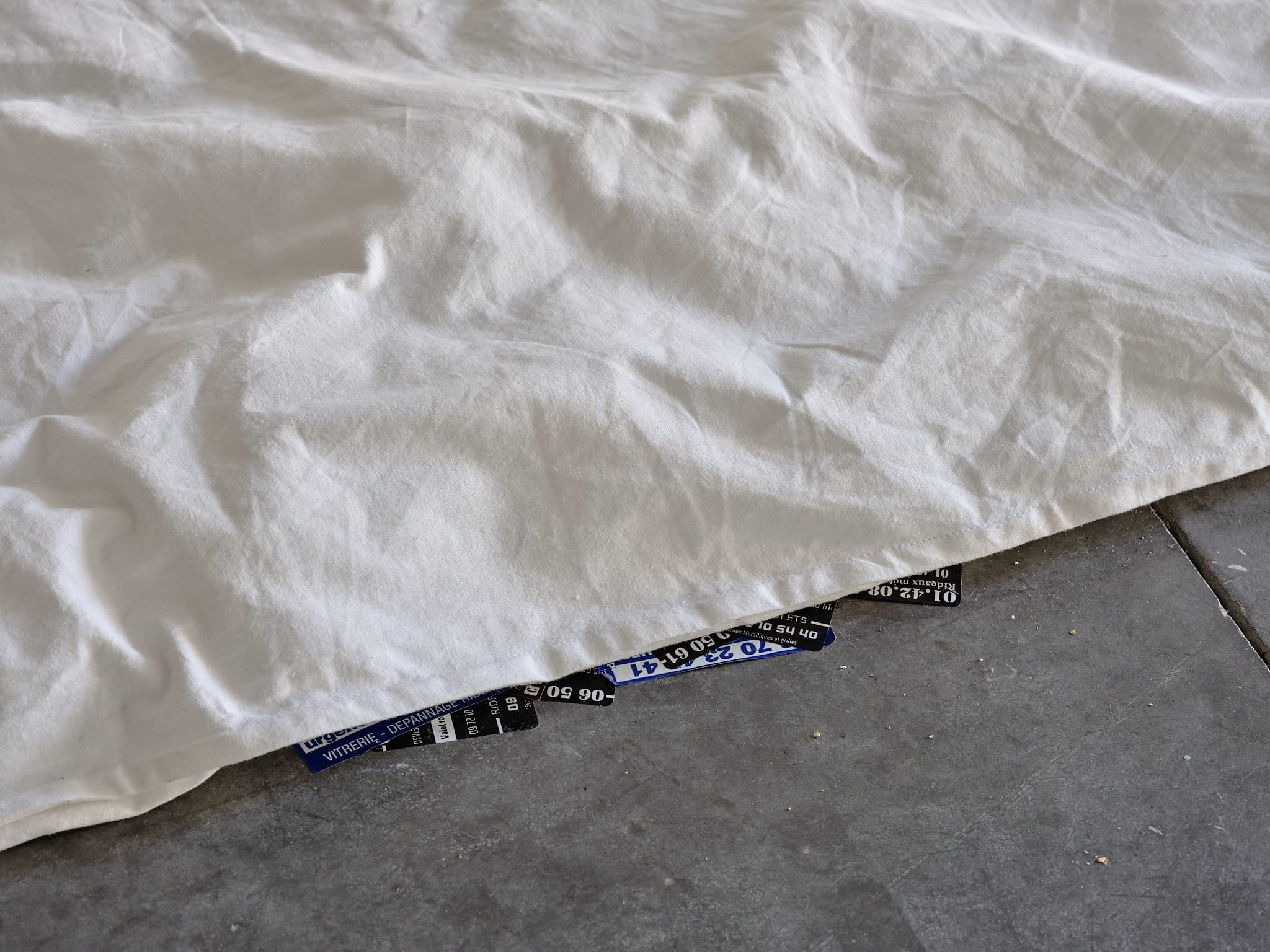
fakewhale
Founded in 2021, Fakewhale advocates the digital art market's evolution. Viewing NFT technology as a container for art, and leveraging the expansive scope of digital culture, Fakewhale strives to shape a new ecosystem in which art and technology become the starting point, rather than the final destination.
You may also like
Denys Zhdanov, No Memory at art+art Galerie, Paris
“No Memory” by Denys Zhdanov, curated by Pierre Ponant, at art+art Galerie, Paris, 11/04
Julie Insun Youn, “Instant Trance” at Platform-L Contemporary Art Center, Seoul, South Korea.
“Instant Trance” by Julie Insun Youn at Platform-L Contemporary Art Center, Seoul, South
Botto at SOLOS: Algorithmic Evolution and the Future of Machine Art
Presented by Verse’s SOLOS, Algorithmic Evolution showcases the latest chapter in Botto’s journe


